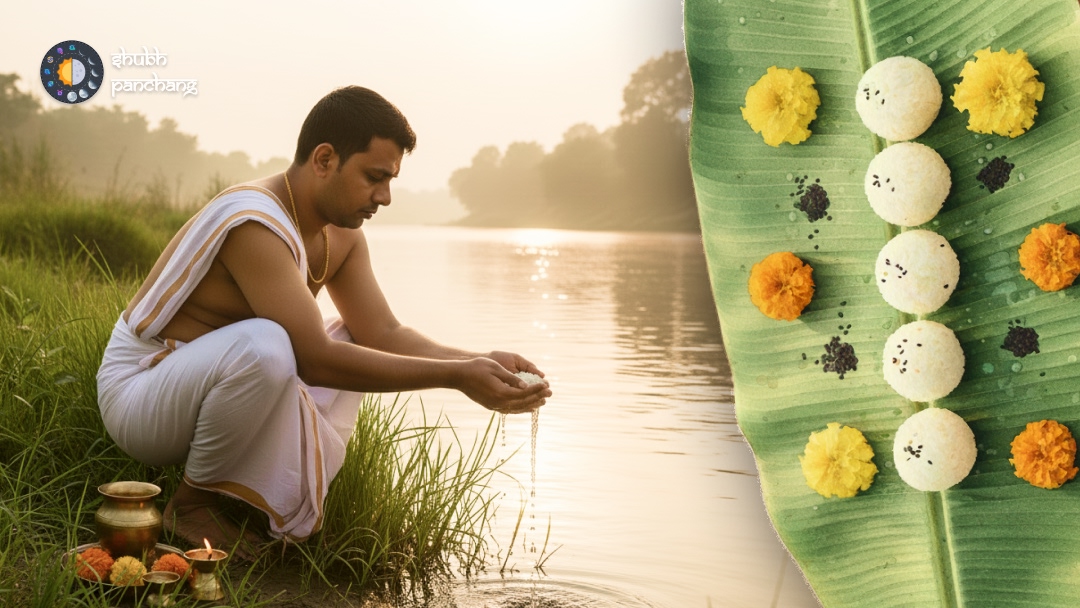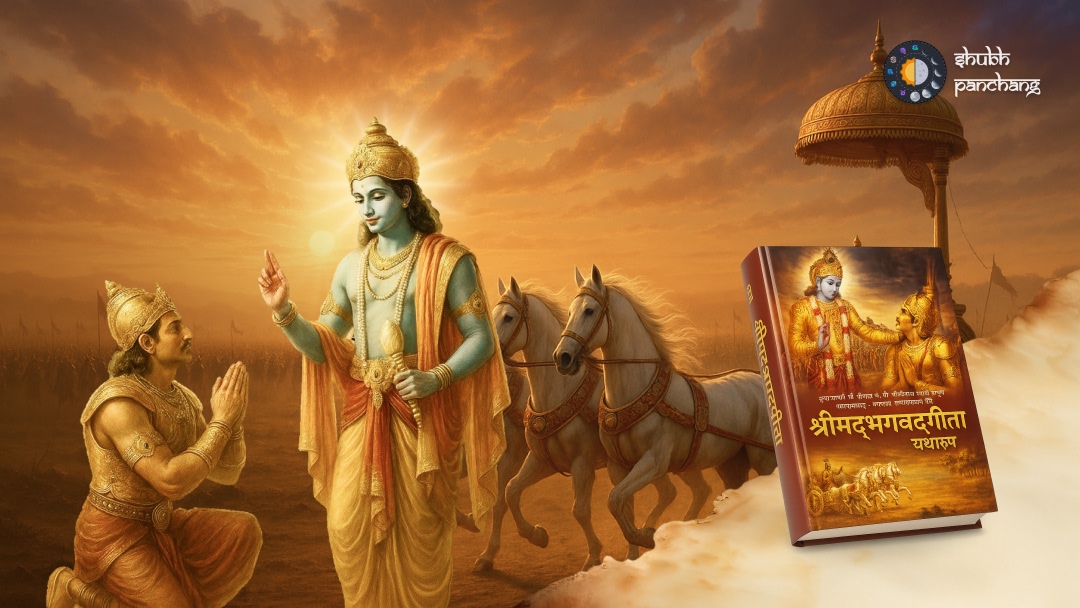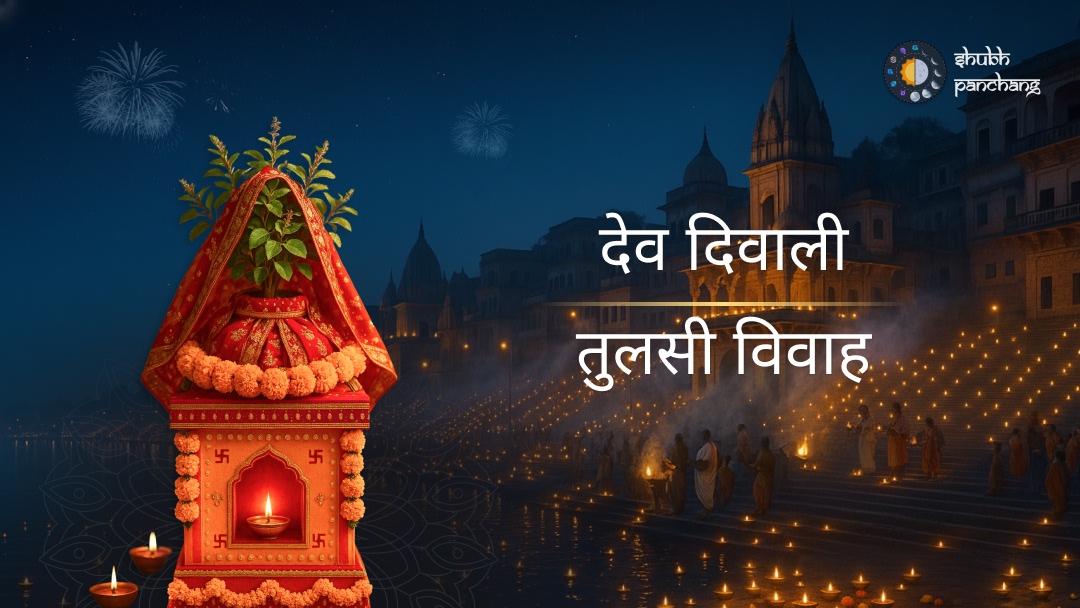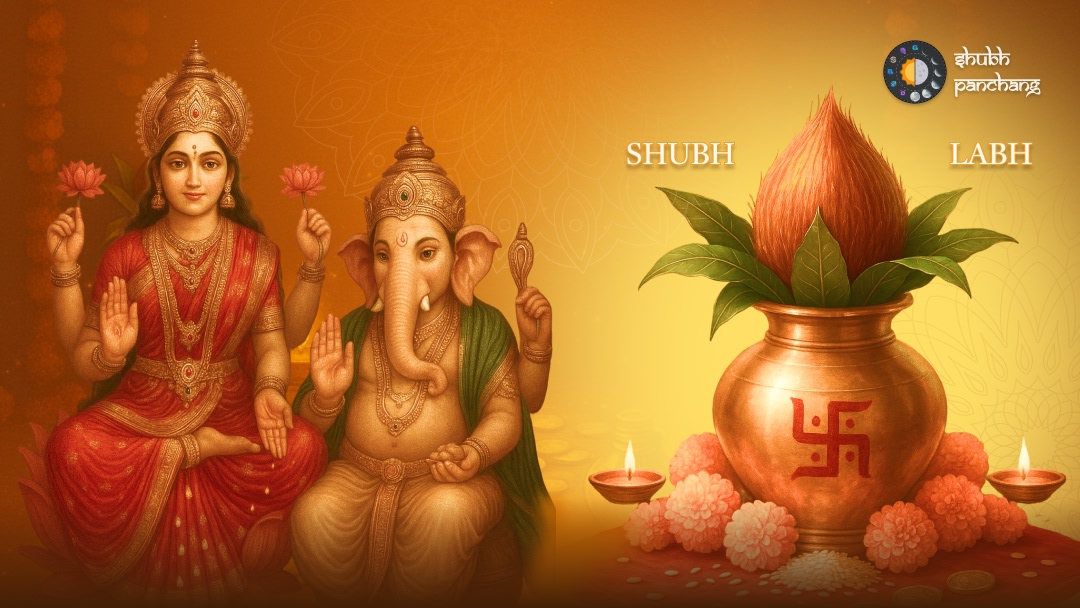
A Bridge Between Worlds: Understanding Shradhh
Have you ever felt a deep connection to those who came before you? I've noticed, after years of guiding families through sacred traditions, that the Hindu ritual of Shradhh is so much more than just a ceremony. It’s a profound expression of love, gratitude, and remembrance for our ancestors. Think of it as a bridge that spans across the veil between worlds, connecting us to the wisdom and blessings of those who shaped our lives. It is typically observed during Pitru Paksha, a 16-day period (though sometimes 15 depending on the Panchang) between the full moon of Bhadrapada and the new moon (Amavasya). During this time, we offer food, water, and heartfelt prayers to honor our departed souls and seek their blessings. But what if I told you Shradhh is not just about the rituals, but also about understanding our place in the grand tapestry of life?
The Sacred Duties: Fulfilling Pitru Rina
Shradhh holds deep spiritual significance within Hinduism. The first thing to understand is the concept of Pitru Rina , the debt we owe to our ancestors. It's not a financial debt, but a debt of gratitude for the life, values, and heritage they've passed down to us. Performing Shradhh is a way to acknowledge and repay this debt, thereby liberating ourselves from ancestral burdens. Think about it: without our ancestors, we wouldn't be here. Shradhh allows us to express our thanks, seek their blessings, and ensure their continued well-being in the afterlife. After so many years, it has become clear to me that the intention behind Shradhh is more important than elaborate rituals. It is about heartfelt connection and sincere gratitude. It is thought that our actions during Shradhh directly benefit our ancestors, providing them with sustenance and peace on their onward journey.
Rituals of Remembrance: Tarpan, Pind Daan, and More
The observation of Shradhh involves several key rituals, each with its own unique meaning. Tarpan involves offering water mixed with sesame seeds, barley, and Kusha grass to the departed souls. It's a symbolic act of quenching their thirst and providing nourishment. Pind Daan involves offering balls of cooked rice, flour, and other ingredients to the ancestors. These 'pindas' represent the physical body and are believed to provide sustenance to the departed souls. Another important aspect is feeding Brahmins or the poor. This act of charity is considered highly meritorious and is believed to please the ancestors. I have seen families go to great lengths to prepare elaborate meals for Brahmins during Shradhh. And, interestingly, these rituals vary by region and family tradition, but the underlying principle remains the same: to honor and nourish the ancestors with love and respect.
Regional Variations and Beliefs: A Tapestry of Traditions
Interestingly, the observance of Shradhh varies across different regions of India. In some regions, specific mantras and prayers are recited, while in others, particular foods are offered. For example, in some South Indian communities, offering sesame seed rice is very important, while in other communities offering milk sweets is important. Each family also has its own unique traditions passed down through generations. But, regardless of the specific rituals, the core belief remains the same: that performing Shradhh brings peace to the departed souls and blessings to the family. I have observed families deeply invested in these subtle regional variations, upholding their unique family customs. I have learned over time that these traditions are not just empty rituals, they hold within them the hopes and beliefs of generations, binding families together through time.
Seeking Peace for the Departed: The Power of Intention
One of the most important aspects of Shradhh is creating a peaceful and harmonious environment. It is believed that the thoughts and emotions of the family members directly affect the well-being of the departed souls. Therefore, it's essential to avoid conflicts, negativity, and sorrow during this period. Instead, focus on positive thoughts, prayers, and acts of kindness. In my experience, families who approach Shradhh with genuine love and respect create a powerful energy that benefits both the living and the departed. Here's the thing: It’s not about the grandeur of the rituals but about the purity of intention. A simple act of kindness performed with love can be more effective than elaborate ceremonies performed without sincerity. I've witnessed how a family’s collective intention for peace can bring immense comfort to those who have passed on.
Continuity and Connection: A Legacy of Love
Shradhh is not just a ritual performed during Pitru Paksha; it's a reminder of our connection to the past and our responsibility to the future. It encourages humility, gratitude, and a deep appreciation for the sacrifices made by our ancestors. By honoring them, we honor ourselves and ensure the continuity of our lineage. It’s an opportunity to reflect on our values, learn from the past, and create a better future for generations to come. Ultimately, it is about cultivating a deeper sense of belonging and purpose. It’s about understanding that we are all part of something larger than ourselves, a continuous chain of love, wisdom, and experience that stretches back through time. And, for me, Shradhh serves as a reminder that our lives are interconnected, and that honoring the past enriches the present and shapes the future.
Modern Relevance: Shradhh in the 21st Century
In today's fast-paced world, it's easy to lose touch with our traditions and values. But Shradhh offers a powerful way to reconnect with our roots and find meaning in our lives. Even if you can't perform elaborate rituals, you can still honor your ancestors through simple acts of remembrance, gratitude, and kindness. Light a candle in their memory, share stories about their lives, or simply spend a few moments in quiet reflection. These small gestures can have a profound impact, both on your own well-being and on the well-being of your ancestors. I've seen individuals who, despite busy schedules, find time to connect with their ancestral roots, proving that tradition can thrive in the modern world. And I often suggest families make small changes to keep up with modern times. For instance, if one is unable to go to Gaya to perform rituals, they can find a Brahmin in their community. It's not about being rigid; it's about keeping the tradition alive while making it relevant to our current lives.
Embrace the Legacy: An Invitation to Connect
Shradhh is more than just a set of rituals; it's an invitation to connect with our past, honor our ancestors, and embrace the legacy of love and wisdom they've left behind. It's a journey of remembrance, gratitude, and spiritual connection that can enrich our lives in profound ways. So, this Pitru Paksha, I invite you to participate in this sacred tradition with an open heart and a sincere intention. Whether you perform elaborate rituals or simply offer a heartfelt prayer, know that your efforts are deeply appreciated and will bring blessings to both you and your ancestors. Remember, the essence of Shradhh lies not in the rituals themselves, but in the love, gratitude, and remembrance that we offer to those who came before us. As I always say, our ancestors are always with us, guiding and protecting us. Shradhh is simply a time to acknowledge and celebrate that connection.







